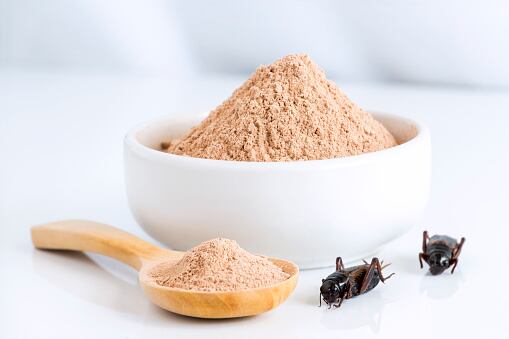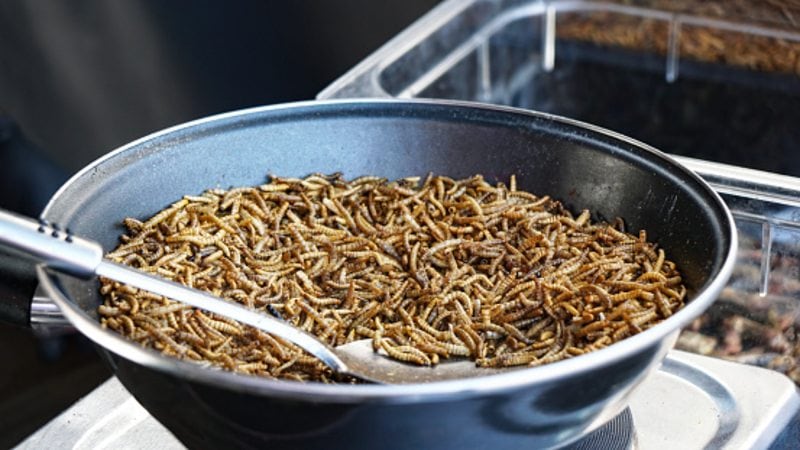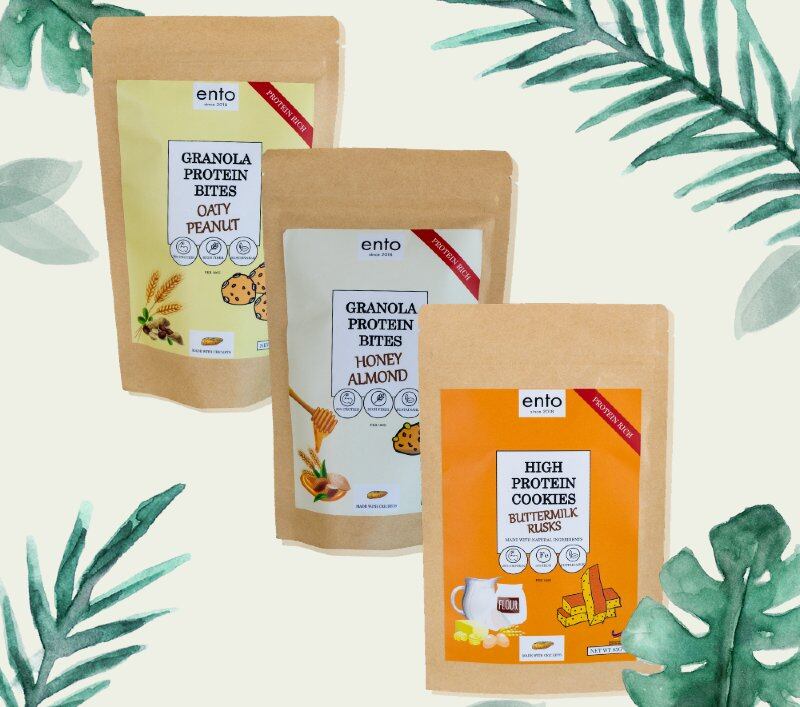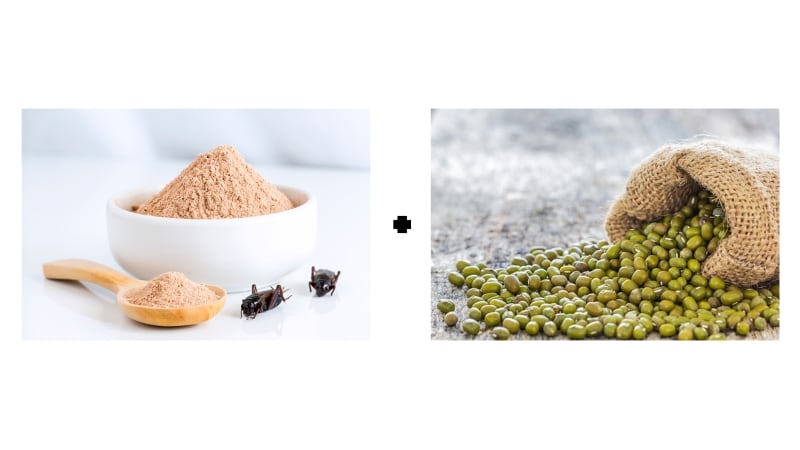The terms of CricketOne’s recent financing round were not disclosed, but the firm’s Co-Founder Nam Dang told FoodNavigator-Asia that the round was led by Singapore-based Corecam Capital Partners, whose ticket started at seven figures.
“CricketOne’s aim is to bring crickets to the mainstream audience, so we are devoting a great deal of effort to meat alternative products,” said Dang.
“When we were building the roadmap for crickets to reach a wider audience, the idea was that it had to be in a familiar form to potentially go into daily diets – so a burger patty is a good start.
“So the proceeds [from the fundraising] will be used to enhance our standing in the (meat alternative) market, especially with food service and grocery clients. Part of the new funding will also be used to boost our R&D capacity.”
Even before the entry of the funds, CricketOne was already deep into the research process of figuring out how to make a cricket-based alternative to meat, and believes that it has found the technology to satisfy the requirements for such a product.
“Our research team put together a list of criteria [needed to make a good meat alternative product] including taste, texture, appearance, mouthfeel, juiciness - and [solved] them all within nine months of development,” said Dang.
“The technology is not limited to burger patties – it can also be used in several other meat applications like pate, sausages, dumplings and more.”
To make the burger, the exoskeleton of the crickets is removed to create a ‘softer taste and texture’ – a necessary step to avoid consumer bias and the ‘ick’ factor coming into play. The patty contains less than 10 ingredients, all of which are either cricket or plant-based.
“We have served to several groups of customers, and the response so far has been fantastic - Even first-time insect eaters had no problem consuming the burger and they could not tell it is not meat,” Dang said.
“The Japanese customers claimed it the best meat alternative burger they ever tried and we are already in last steps to get into a couple of food chains in Vietnam.”
This and Dang’s confidence that Japan has a huge appetite for cricket-based foods is the reason that CricketOne has set its sights there as one of its biggest potential markets for the burger patty.
“For cricket powder in Asia, Japan is a hot bed,” he enthused.
“Tokyo-listed retailer MUJI launched their cricket crackers in May 2020, and it has been their best seller ever since. Since then, a flood of manufacturers in Japan have followed suit and launched several innovative products like soup packs, cricket salt, crispy chocolate chips, ramen noodles, cricket sauce and so on.
“So the industry is already in a time of big transition, and I believe the remaining gap is just to make insect-based food sexy, delicious and affordable - The burger patty we are launching has all the edges and a familiar touch so I have no doubt it will reach a wider audience and has potential to become part of consumers’ daily diets.”
East vs West
CricketOne already ships its cricket powders to food producers over 15 countries across both Asian and western markets, and Dang highlighted that the differences in entomophagy between these two regions largely surround motivations and applications.
“Eating insects is part of the culture in many Asian countries - You can easily find insect street food in countries like Thailand, Cambodia, Vietnam, Korea, China or some parts of Japan,”
“That said, there has been a shortage of food innovations here to make insect food mainstream, this only started getting more common the last few years in Asia.
“Over in Western countries, eating insects may still be niche, but the industry is driven by consumers’ awareness about a broken food system where food production is the largest contributor to climate change – A major difference is that food producers here are so innovative that they can infuse insects into almost any food application.”
Cricket One sells three different types of cricket powder: Whole cricket powder (65% protein), Defatted cricket powder (reduced fat, 74% protein) and Soluble powder (for easier absorption).
“The whole cricket powder is most often used in bakery products, chips, and energy bars, defatted cricket powder has a longer shelf life and is usually used in shakes or smoothies, and the soluble powder is pre-hydrolysed using enzymes so it dissolves easily in water and is used in beverages,” said Dang.
Growth plans
For its new cricket burger patty, apart from Japan the firm is also looking to sell to several other countries including the United States, Singapore and potentially Europe as well.
“We will be flexible between exporting frozen patties and licensing a manufacturing process plus exporting key ingredients, depending on market regulation,” said Dang.
“Europe does look very promising next year, when all the regulatory stuff is in place, but for the cricket burger after Vietnam we’ll first look at Japan, Singapore and the US.”





